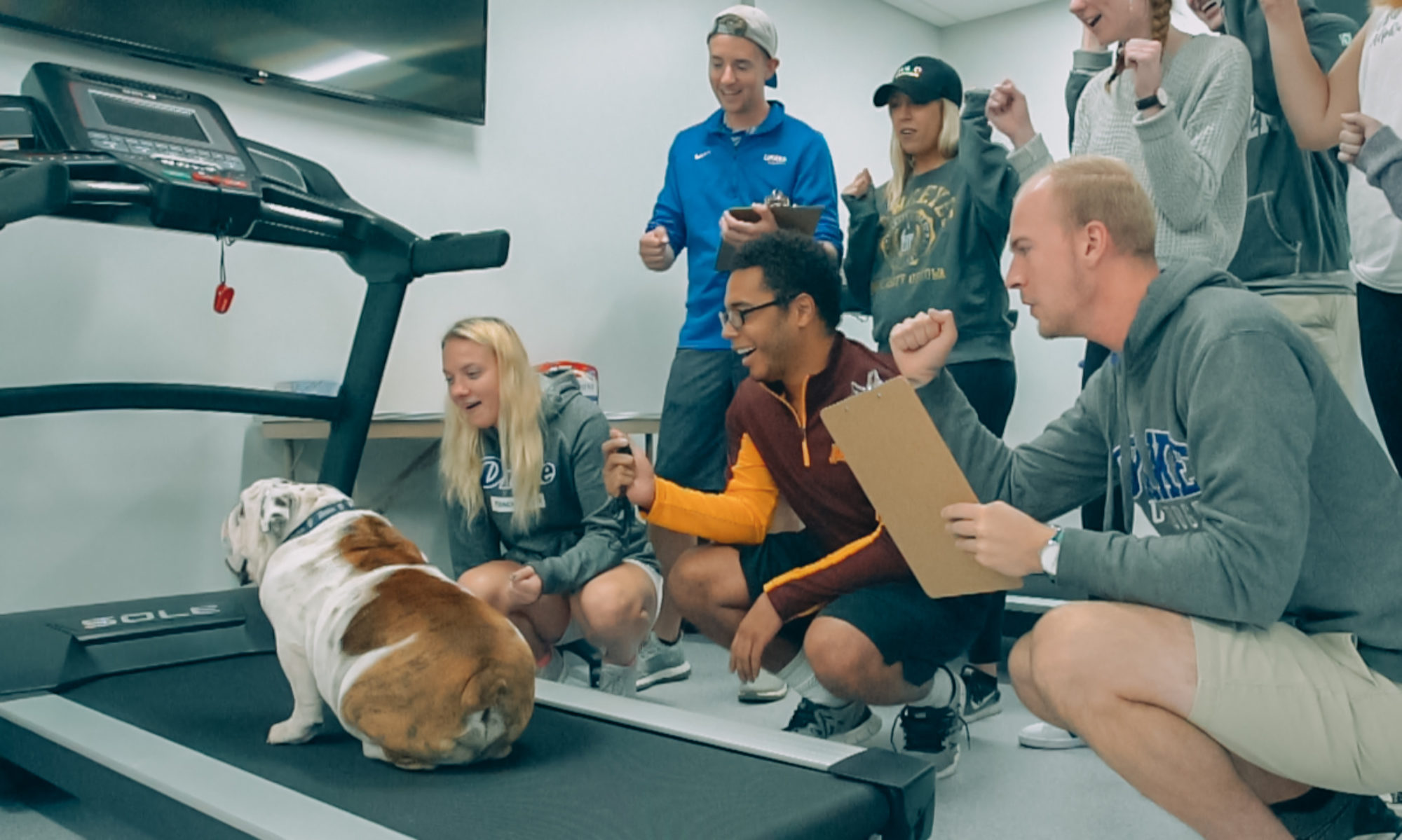Author: Emma Stock
The What
Cupping is one of the many methods of traditional Chinese medicine. It has been used as a modality in hospital and other settings since 1950 [2]. It is an application of glass or plastic cups that vacuum seal onto the body in a desired area. The cupping cups are used to stimulate the muscles as a treatment for aches and pains associated with various diseases, as well as other reasons listed in the “Why” section. There are two types of cupping therapies. [1] Wet cupping is a three step process. The first step is placing the cups in the desired area for a few minutes. The second step is removing the cups and making a small incision or puncture wound on the skin. The final step is placing the cup over the wound and letting the blood drain out for another few minutes (typically around 3-5min). Dry cupping does not include the puncturing of the skin, and is solely the cups placed on the relaxed person for a few minutes.
Continue reading “The Five W’s + the How of Cupping Therapy”